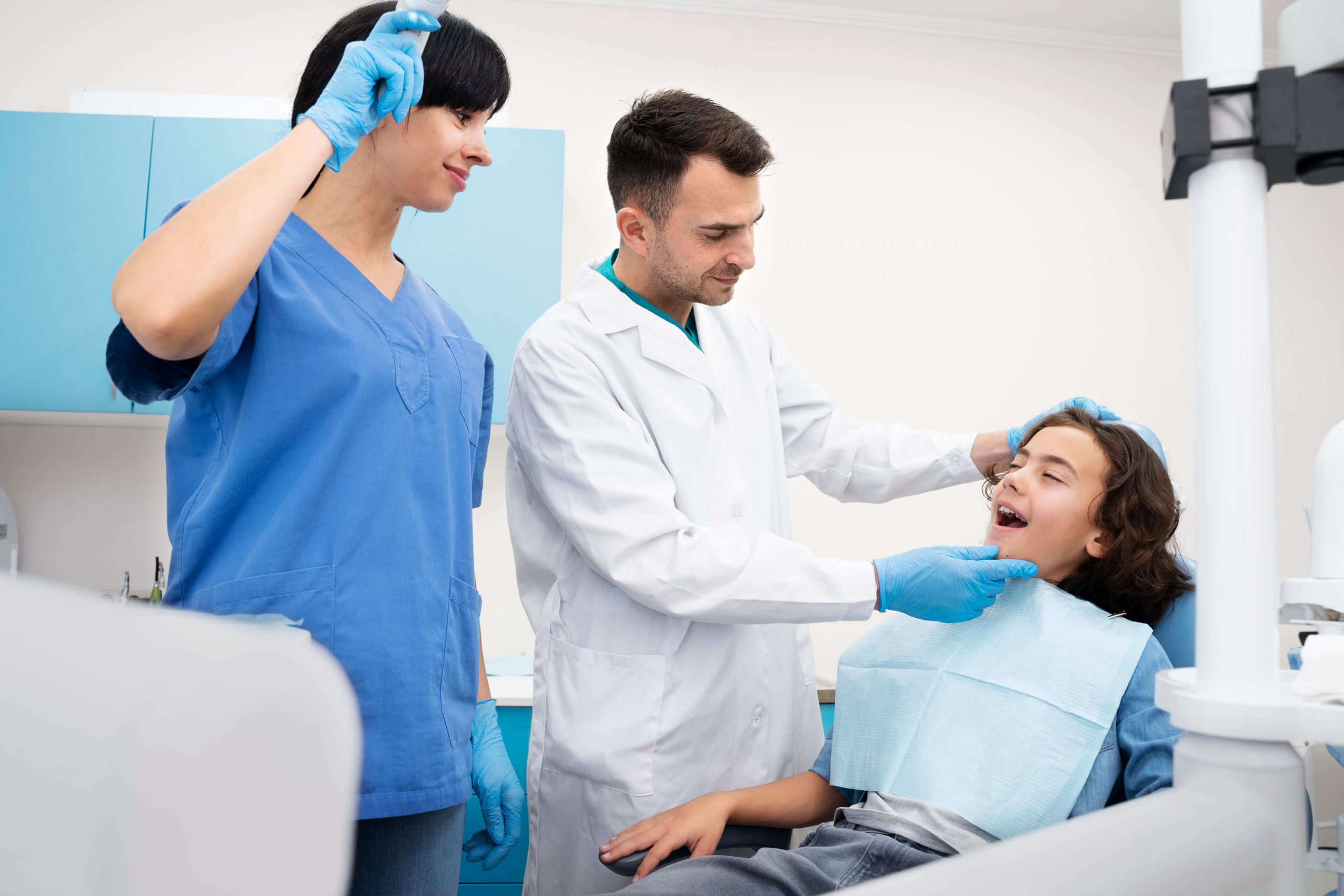
About Bone Grafting and Implants
Bone Grafting is usually necessary for Implant
True. Bone grafts may be necessary to regenerate bone. Implants require healthy bone to work properly. And bone preservation is a major concern when removing teeth. Most extraction sites get grafted to regenerate bone.
All Bone Grafts work the same
False. Bone regeneration materials are either osteoinductive or osteoconductive. Osteoconductive bone grafts work by temporarily filling holes/defects in bone as the body slowly dissolves and replaces the material with natural tissue.
PRF is the Only Osteoinductive Graft Material
Osteoinductive grafts are ones that directly stimulate bone cells to grow bone quickly via its own biological pathways. Platelet rich fibrin is the only osteoinductive graft material. All other materials are osteoconductive. PRF is obtained by drawing a blood sample from the patient and spinning it in a centrifuge for 13 minutes at 2700 RPMs. The holistic bone regenerative technique concentrates a bone growth factor (bone morphogenic protein or BMP) among other natural substances that are used for dental bone grafting.
Many of todays advanced full mouth implant teeth cases would not work as well without PRF and other holistic grafting techniques.
Holistic Bone Graft Video:
All Bone Grafting Techniques are the Same
False. The best bone grafting technique for bone regeneration is a combination of osteoinductive and osteoconductive materials. Or simply put, a mixture of bone factors that repair defects in bone and stimulate bone cells to grow naturally. Osteoconduction is the placement of a material into a bone defect that eventually gets replaced by the body with host bone tissue. Osteoinduction is a material that directly stimulates the body by its own pathways to grow new bone.
Holistic Bone Graft Protocol:
- Completely extract any tooth fragments or foreign materials such as pieces of filling material or metal, so only bone and gum tissue remain
- Remove any cyst or irregular scar tissue and diseased/non-vital bone.
- Use oxygen and dental ozone gas to kill bacterial and fungal infections in the pores of the bone. Oxygen and Ozone also promote healing and reverse an anaerobic environment suitable for disease and pathogens.
- Evaluate the size and shape of bone defects or holes.
- Place a mixture of platelet rich fibrin (PRF) and bone grafting material into the bony void. (generally we will graft any defects larger than 3-4mm)
- Place PRF and collagen membranes as needed to hold graft products into place.
- Suture gum tissue into place so it is not loose and closed if at all possible. Membranes will also block gum tissue from growing down into the healing graft or bony holes where it does not belong.
Bone regeneration and grafting is not always an exact science and no case is ever the same. Several factors about the area to be grafted are very considerable:
- Physical size of the bone missing
- Actual shape of the bone missing
- Amount of bone remaining prior to grafting
- Health of bone remaining prior to grafting
- Health of patient in need of treatment
- How long the bone has been missing
The choice of materials and techniques can be critical to the outcome of the jaw bone regenerative procedures. Careful selection of materials can also improve the chances for success.
Patient health, surgical technique and material selection determine bone graft success or rejection.
All people respond the same to grafting procedures
False. Patient health is also a very big factor in success and dental bone graft recovery periods. Even with the best techniques and materials patients who are not healthy may experience bone graft failures. In order for grafts to be successful, the graft needs to be:
- Bone graft material accepted by the host and not rejected. PRF is never rejected because it is natural and comes from the patient. Other bone graft products are man made, from other humans or from animals. Clearly the more foreign the material, the greater the chance for rejection.
- The patients body needs to have the health and strength to grow new bone tissue in response to dental bone grafting
- The patients body needs to fight off any bacteria or other pathogens in the mouth during bone graft recovery and healing periods. The mouth is a dirty place.
- The body needs to grow bone and not allow gum or other soft tissue to grow into the bone graft sites. Accordingly, membranes and graft material selection is critical. Membranes create a temporary barrier between growing bone and overlying gum tissue. Sometimes problems occur when the membrane breaks down prior to when the body has finished growing bone underneath. Additionally, if the graft material dissolves before the body has grown bone, there can be opportunity for soft tissue to grow down into the graft site also. Material selections and surgical technical are very important in this regard.

 (301) 421 1996
(301) 421 1996 burtonsvillesmiles@gmail.com
burtonsvillesmiles@gmail.com